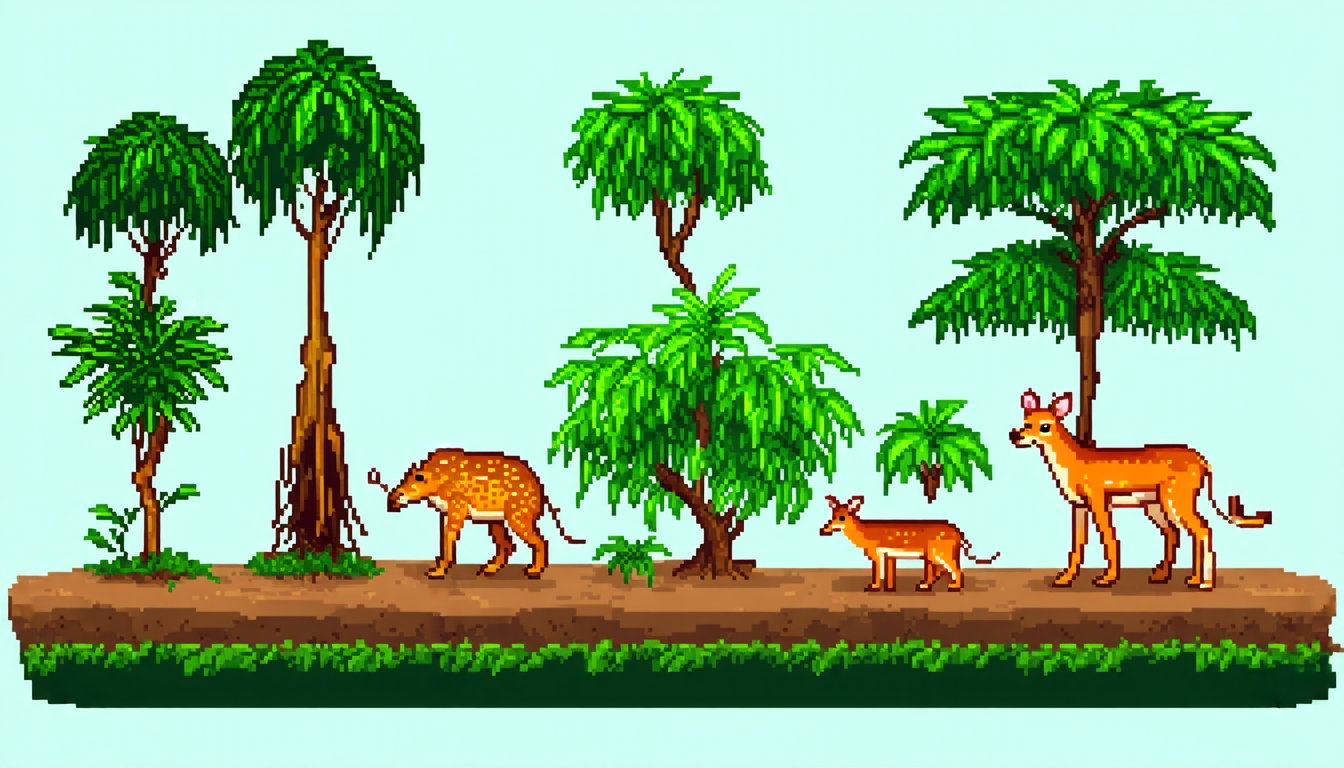Saturday 31 May 2025
The intricate dance of species and ecosystems has long fascinated scientists, but a new study sheds light on a crucial aspect of this complex relationship: how fluctuations in growth rates can influence the makeup of diverse communities.
Think of it like a game of musical chairs. In a given ecosystem, multiple species vie for limited resources, such as food, water, or shelter. As each species grows and thrives, its population size ebbs and flows, influenced by factors like climate change, predation, and competition with other species. But what happens when these growth rates fluctuate wildly? Do some species benefit from the chaos, while others struggle to survive?
Researchers have long debated whether a stable community can exist without strict niche specialization – that is, if each species has a unique role to play in the ecosystem. The new study suggests that fluctuations in growth rates can actually facilitate coexistence among species with similar ecological roles.
The team used mathematical models and simulations to investigate how different combinations of growth rate fluctuations affect the makeup of communities. They found that when growth rates vary randomly, certain species are more likely to thrive, while others become extinct. However, when these fluctuations are correlated – meaning some species experience simultaneous growth or decline – the community becomes more resilient.
In essence, the study reveals that the dynamic interplay between growth rate fluctuations and species interactions can lead to a stable equilibrium, where multiple species coexist despite sharing similar ecological roles. This finding has significant implications for our understanding of ecosystem dynamics and conservation strategies.
So what does this mean for the natural world? For one, it highlights the importance of preserving biodiversity – even among species that may seem redundant or interchangeable. By maintaining a diverse range of species, ecosystems can adapt more effectively to environmental changes, ensuring their long-term health.
The study also underscores the need for more nuanced approaches to conservation and management. Rather than focusing solely on preserving individual species, efforts should aim to maintain the delicate balance within ecosystems as a whole. This might involve reintroducing keystone species or implementing habitat restoration projects that promote ecological resilience.
In the end, this research offers a powerful reminder of the intricate web of relationships within ecosystems – and the importance of understanding these dynamics in order to protect our planet’s precious biodiversity.
Cite this article: “Fluctuations in Growth Rates: A Key to Unlocking Ecosystem Coexistence”, The Science Archive, 2025.
Species, Ecosystems, Growth Rates, Fluctuations, Community Dynamics, Niche Specialization, Mathematical Models, Simulations, Conservation Strategies, Biodiversity







